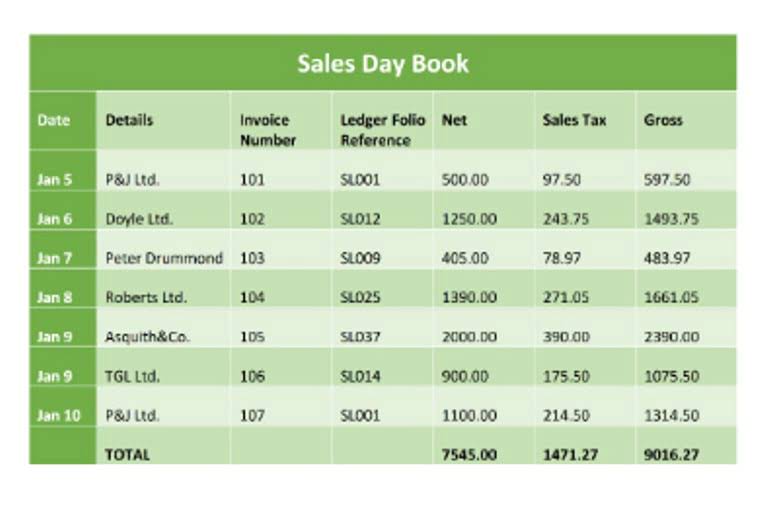
This method assumes that inventory purchased or manufactured first is sold first and newer inventory remains unsold. Thus cost of older inventory is assigned to cost of goods sold and that of newer inventory is assigned to ending inventory. The actual flow of inventory may not exactly match the first-in, first-out pattern. The weighted average method calculates COGS based on the average cost of units purchased over an accounting period, rather than matching costs with specific inventory units. The FIFO formula calculates the cost of goods sold by multiplying the cost of the oldest inventory items purchased by the number of units sold during the accounting period. Under FIFO, the cost flow assumption is that oldest inventory items are sold first.

Inventory valuation using LIFO

Going by the FIFO method, Sal needs to go by the older costs (of acquiring his inventory) first. Using FIFO, the COGS would be $1,100 ($5 per unit for the original 100 units, plus 50 additional units bought for $12) and ending inventory value would be $240 (20 units x $24). Here are answers to the most common questions about the FIFO inventory method. Ecommerce merchants can now leverage ShipBob’s WMS (the same one that powers ShipBob’s global fulfillment network) to streamline in-house inventory management and fulfillment.
First-In, First-Out Inventory Method
- It is also advantageous to use with larger items because it helps keeping track of costs.
- Rather, every unit of inventory is assigned a value that corresponds to the price at which it was purchased from the supplier or manufacturer at a specific point in time.
- As a result, the 2021 profit on shirt sales will be different, along with the income tax liability.
- While FIFO refers to first in, first out, LIFO stands for last in, first out.
- This is because even though we acquired 30 units at the cost of $4 each the same day, we have assumed that the sales have been made from the inventory units that were acquired earlier for $5 each.
A company generates the same amount of income and profits regardless of whether they use FIFO or LIFO, but the different valuation methods lead to different numbers on the books. This can make it appear that a company is generating higher profits under FIFO than if it used LIFO. In LIFO, it uses the latest inventory to be sold which gives the higher cost of inventory. These costs are higher than the firstly https://www.instagram.com/bookstime_inc produced and acquired inventory.
Conclusion: Embracing FIFO for Accurate Financial Reporting

This value is generated after considering the fifo formula expenses incurred to acquire the stock and preparing it for sale. FIFO is the easiest method to use, regardless of industry, and this inventory valuation method complies with GAAP and IFRS. The FIFO and LIFO compute the different cost of goods sold balances, and the amount of profit will be different on December 31st, 2021. As a result, the 2021 profit on shirt sales will be different, along with the income tax liability. Again, these are short-term differences that are eliminated when all of the shirts are sold. Using FIFO simplifies the accounting process because the oldest items in inventory are assumed to be sold first.
- Notice that Susan lists the 130 units remaining in her inventory as costing $4 apiece.
- Using the example above, the LIFO method would use the cost from the latest transaction when 200 shirts were purchased at $20 each.
- To calculate your ending inventory you would factor in 20 shirts at the $5 cost and 50 shirts at the $6 price.
- This makes it easier to accurately account for your inventory and maintain proper FIFO calculations.
- Therefore the first batch of inventory that they order is also the first to be disposed of, leading to a steady inventory turnover.
Therefore the first batch of inventory that they order is also the first to be disposed of, leading to https://www.bookstime.com/ a steady inventory turnover. Although the oldest inventory may not always be the first sold, the FIFO method is not actually linked to the tracking of physical inventory, just inventory totals. However, FIFO makes this assumption in order for the COGS calculation to work. FIFO is the best method to use for accounting for your inventory because it is easy to use and will help your profits look the best if you’re looking to impress investors or potential buyers.


